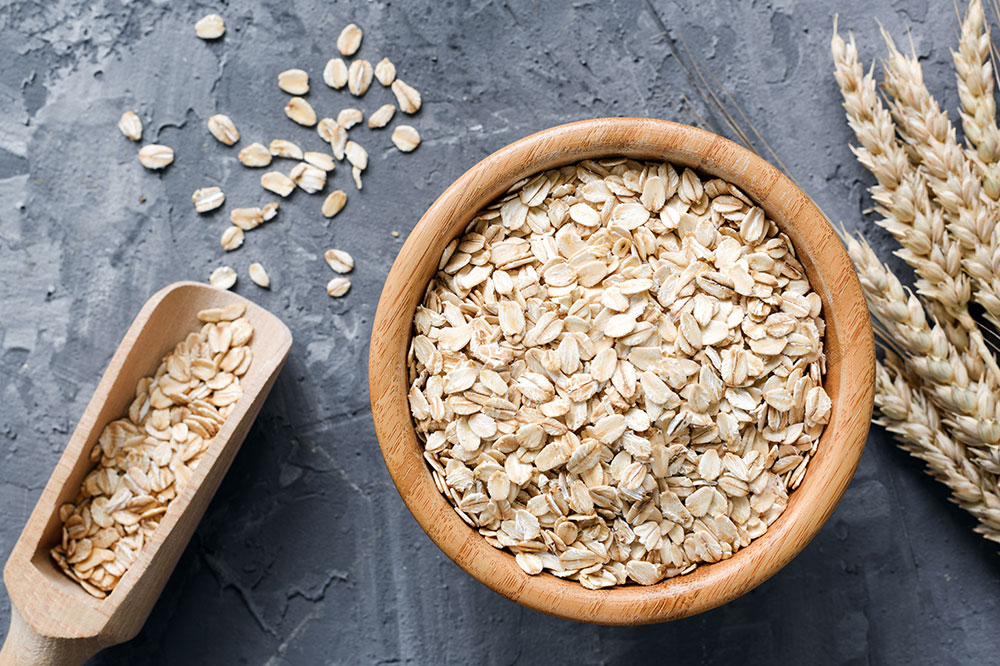The Connection Between High Cholesterol Levels and Heart Attack Risks
Discover how high cholesterol levels impact heart attack risk and learn effective ways to maintain healthy cholesterol balance. This article covers the roles of LDL, HDL, and triglycerides, and explains prevention strategies to protect heart health through lifestyle choices and medical interventions.

The Connection Between High Cholesterol Levels and Heart Attack Risks
Cholesterol is essential for health, supporting cell formation, nerve insulation, and hormone development. The body mainly produces cholesterol in the liver, but consuming foods like dairy, eggs, red meats, and processed snacks increases levels. High levels of LDL, known as bad cholesterol, raise the risk of cardiovascular disease. Keeping cholesterol in check is vital for protecting your heart. The bloodstream contains HDL (good cholesterol), LDL (bad cholesterol), and triglycerides. Excess LDL can clog arteries, leading to heart attack risk.
Optimal levels are HDL above 55 mg/dL for women and 45 mg/dL for men, LDL below 130 mg/dL (or below 100 mg/dL for high-risk individuals), and triglycerides under 150 mg/dL. Elevated LDL can cause plaque buildup, narrowing arteries and limiting blood flow. Increasing HDL through physical activity and omega-3 intake helps remove excess fats. Severe blockages can cause oxygen shortages in the heart, resulting in ischemia or heart attacks. Treatments like procedures and medications aim to restore healthy cholesterol levels and ensure proper blood circulation.


